Zombie Bunny is Reader-supported and may earn an affiliate commission through links on our site.
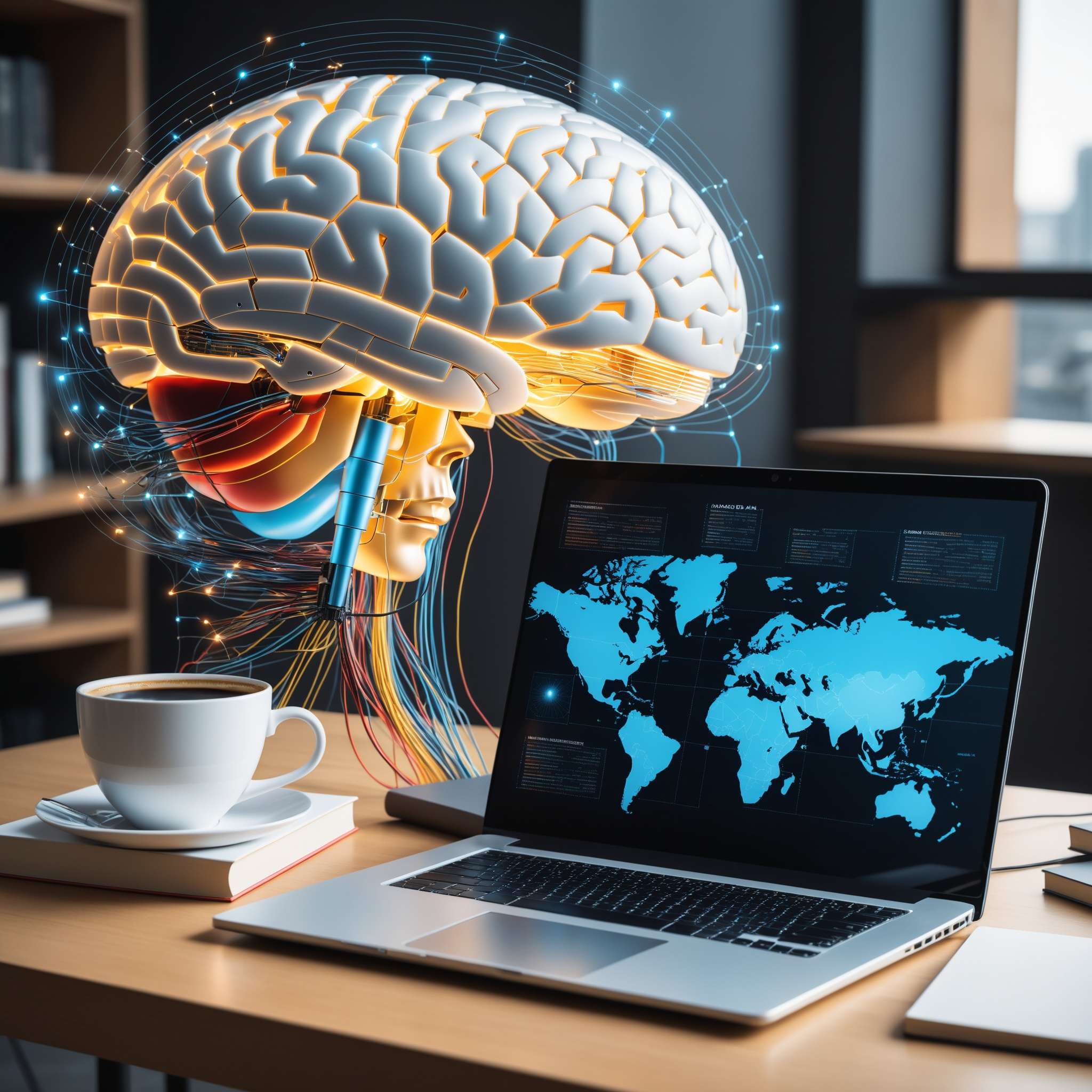
Unleash Your Genius: Unlock the Secrets of AI and Machine Learning Today!
Break down complex AI and Machine Learning concepts and learn how to leverage them for your success. Discover the future today! #AI #MachineLearning
Explore the transformative world of Artificial Intelligence (AI) and Machine Learning, as they revolutionize various sectors including healthcare, finance, e-commerce, and education. AI, the simulation of human intelligence by machines, and Machine Learning, a subset of AI that enables systems to learn and make decisions from data, are driving significant advancements and creating limitless possibilities. From diagnosing diseases and detecting fraud to personalizing shopping experiences and facilitating autonomous vehicles, these technologies are reshaping our daily lives and future. By understanding and harnessing AI and Machine Learning, you can drive innovation, solve complex problems, and shape a future where technology and humanity coexist harmoniously.
Introduction: Stepping into the Future of AI and Machine Learning
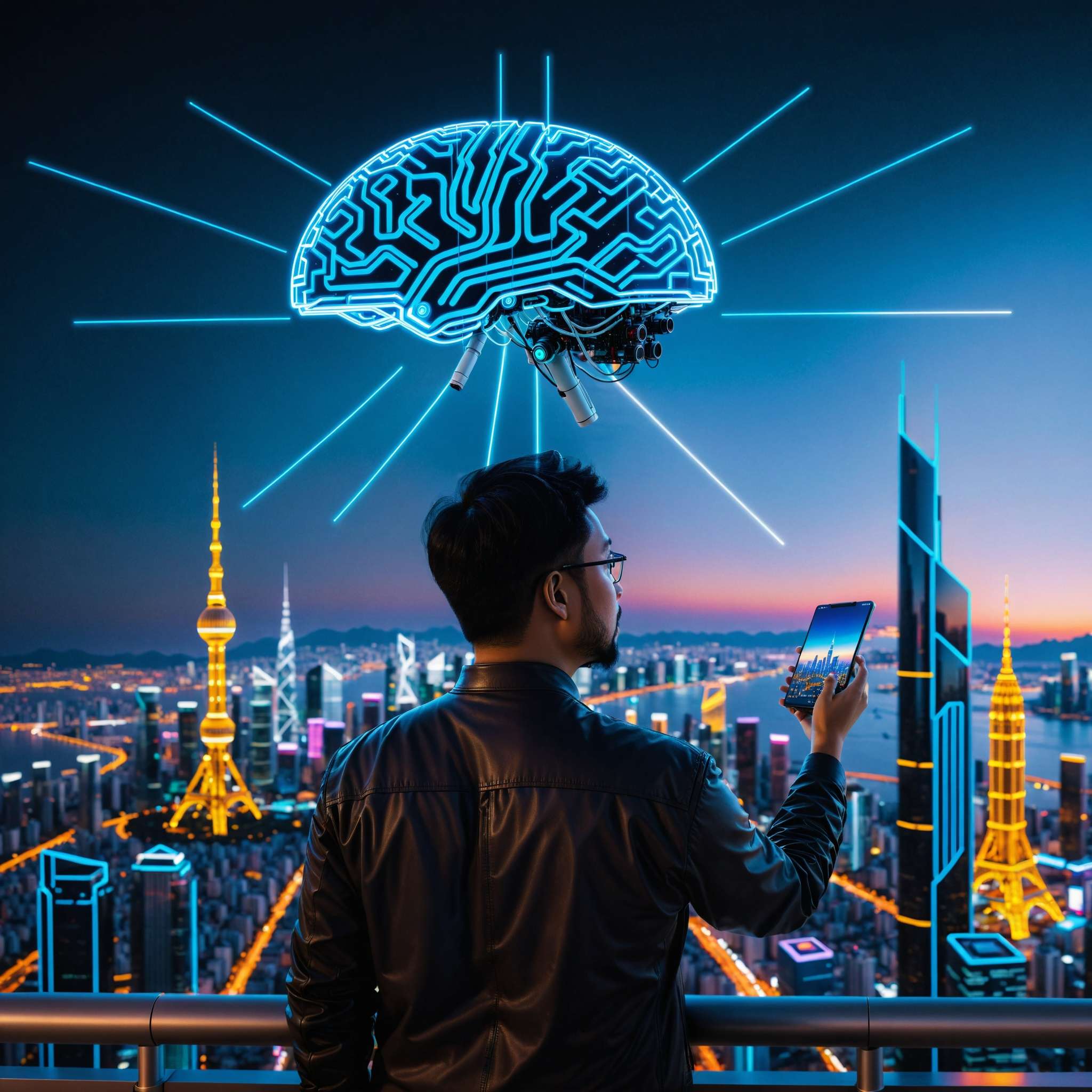
© Copyright , ZombieBunny.Org
Understanding the concept of AI
Artificial Intelligence, often abbreviated as AI, is a fascinating domain that is transforming our world. Essentially, AI refers to the simulation of human intelligence processes by machines, primarily computer systems. This intricate technology incorporates learning, where information is procured and rules for using this data are determined. Reasoning, where these rules are utilized to reach approximate or definite conclusions, and self-correction, make up the other core aspects of AI.
Predominantly, AI technology is about designing intelligent agents that can perceive their environment and take actions leading to the maximization of their chances of success. From personal assistants like Siri and Alexa, to recommendation systems like Netflix and Amazon, AI is steadily becoming an integral part of our daily lives. Embracing this accelerating AI revolution will not only unleash your genius but also open doors to limitless possibilities.
The importance of Machine Learning
Machine Learning, a crucial subset of AI, is indispensable in today’s digital landscape. To put it simply, Machine Learning is the scientific study of algorithms and statistical models that systems use to perform tasks without explicit instruction. Instead, these systems rely on patterns and inference, which is fundamentally the ability to learn from and make predictions on data.
The importance of Machine Learning cannot be overstated. It plays a pivotal role in the development of AI applications that can process massive volumes of data and make predictions or decisions without human intervention. From personalized marketing and predictive maintenance to fraud detection and healthcare diagnostics, Machine Learning is revolutionizing industries and transforming the way we live and work. Indeed, understanding and harnessing Machine Learning is key to unlocking the vast potential of AI and fostering innovation in the age of digital transformation.
Scope of AI and Machine Learning in today’s world
The scope of AI and Machine Learning in today’s world is immense and continually expanding. Across industries and sectors, these technologies are driving significant transformations. In healthcare, AI-powered robots assist in surgeries, while Machine Learning algorithms predict disease outbreaks and patient outcomes. In finance, AI and Machine Learning enable fraud detection, risk assessment, and personalized customer services.
The retail industry, too, leverages these technologies for inventory management, personalized marketing, and customer behavior analysis. Even in our homes, smart devices powered by AI and Machine Learning are becoming common, simplifying various tasks and enhancing our lifestyle. With continuous advancements, the application of these technologies is set to reach unexplored terrains, making them an exciting field to delve into. Unleashing your genius in this domain could pave the way for innovative solutions that address complex challenges and make a significant impact on our world.
Decoding AI: From Concept to Applications

© Copyright , ZombieBunny.Org
Definition and basics of AI
Artificial Intelligence (AI) is a branch of computer science that aims to create systems capable of performing tasks that would typically require human intelligence. These tasks include learning from experience, understanding natural language, recognizing patterns, solving problems, and making decisions. At its core, AI is about creating machines that can think, learn, and adapt, thereby extending human capabilities and augmenting our abilities.
The foundational principle of AI is to simulate the human brain’s functioning within a machine. This is achieved through algorithms and models designed to mimic human neuronal networks, enabling the machine to learn and adapt over time. AI can be categorized into two types: Narrow AI, which is designed to perform specific tasks such as voice recognition, and General AI, which can perform any intellectual task that a human can do. Unraveling these basics of AI is the first step to understanding its potential and implications.
Major types of AI
Artificial Intelligence can be broadly categorized into two types: Narrow AI and General AI. Narrow AI, also known as Weak AI, is designed to perform a specific task such as voice commands, image recognition or driving a car. This type of AI operates under a limited set of constraints and is the AI that we see in computers today, such as the voice-assistant on your smartphone or the recommended products on your online shopping website.
On the other hand, General AI, also known as Strong AI, is the concept of a machine having the ability to perform any intellectual task that a human being can do. They can understand, learn, adapt and implement knowledge from different domains. While this type of AI doesn’t exist yet, it is the golden apple of AI research and holds potential to revolutionize numerous industries. Understanding these types of AI is essential to harnessing their full potential.
Real-world applications of AI
Artificial Intelligence (AI) is making significant strides across various sectors, driving efficiency, and producing groundbreaking results. In healthcare, AI assists in diagnosing diseases, predicting patient outcomes, and personalizing patient treatment plans. In the automotive industry, AI enables the operation of self-driving cars, enhancing safety and convenience.
In the realm of e-commerce, AI-powered recommendation systems offer personalized shopping experiences, while AI chatbots provide customer support. In the finance sector, AI is instrumental in fraud detection, risk management, and algorithmic trading. Even in education, AI facilitates personalized learning, automated grading, and predictive analytics.
These real-world applications of AI are just the tip of the iceberg. With continuous advancements, AI’s potential to revolutionize industries and redefine the way we live and work is boundless. By understanding and leveraging AI, we can drive innovation, solve complex problems, and create a future that was once thought to be the stuff of science fiction.
Mastering Machine Learning: Key to Navigating the AI Landscape
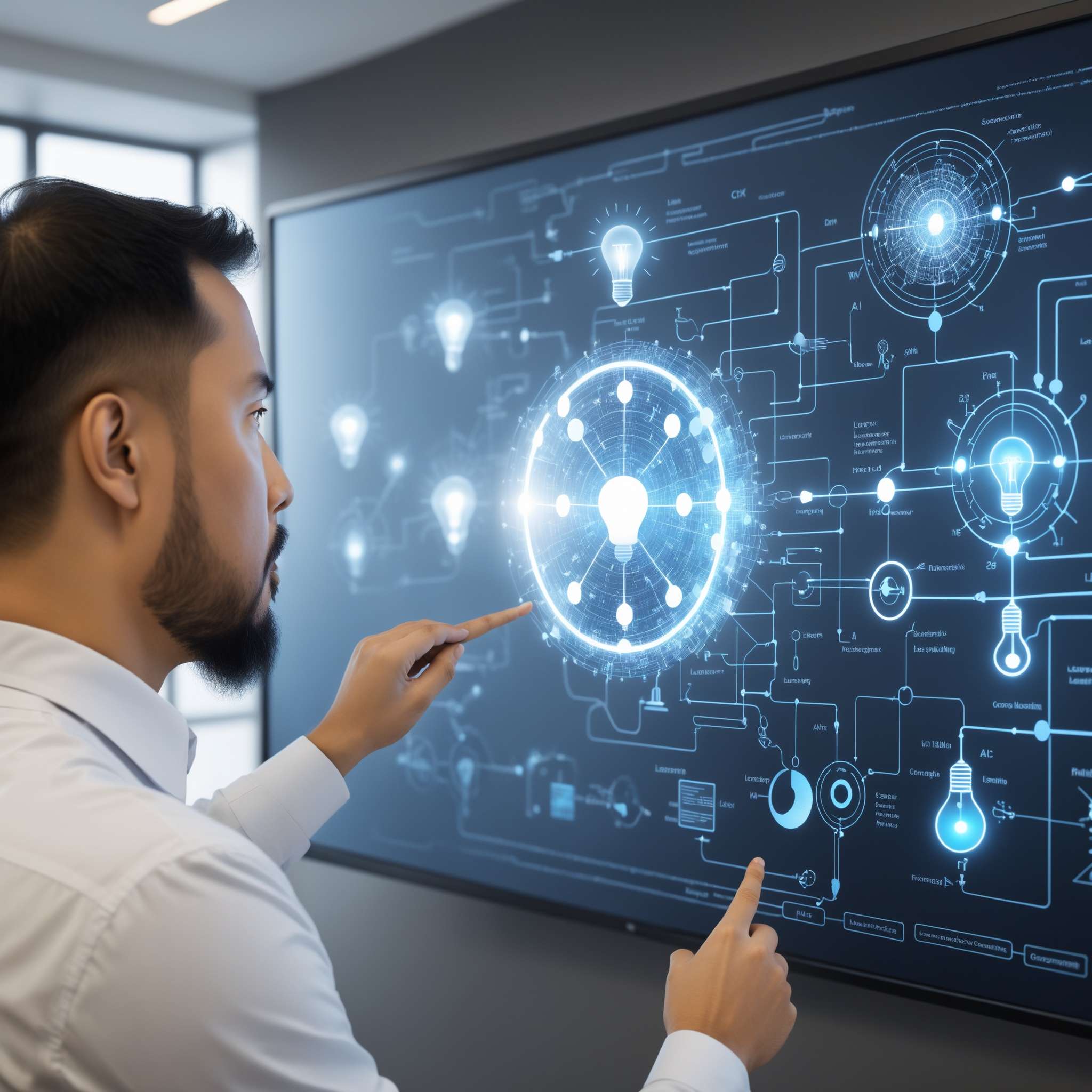
© Copyright , ZombieBunny.Org
Definition and fundamentals of Machine Learning
Machine Learning, a key subset of AI, is the scientific discipline that focuses on how computers learn from data. The fundamental goal of Machine Learning is to enable computers to learn automatically without human intervention or explicit programming. In essence, Machine Learning involves the creation of algorithms that allow computers to learn from and make decisions or predictions based on data.
The process of Machine Learning begins with inputting data into an algorithm. The algorithm then uses this data to build a mathematical model, which is subsequently used to make predictions or decisions without being specifically programmed for the task. This data-driven decision-making process is what sets Machine Learning apart. Understanding the basics of Machine Learning is crucial in an era where data is the new oil, and the ability to extract valuable insights from this data can set you apart in the competitive landscape of the digital age.
Classification of Machine Learning
Machine Learning can be broadly classified into three categories: Supervised Learning, Unsupervised Learning, and Reinforcement Learning. Supervised Learning is the most common type where a model is trained on a labeled dataset. It involves input-output pairs, and the model learns to map the inputs to the desired outputs. Common applications include spam detection and image recognition.
Unsupervised Learning, on the other hand, involves training a model on an unlabeled dataset. The model learns to identify patterns and structures within the data. It’s often used for clustering and association tasks, such as customer segmentation.
Finally, Reinforcement Learning is about training a model to make a series of decisions. The model learns to perform an action from trial and error, receiving rewards or penalties for the actions it takes. It’s widely used in gaming, robotics, and navigation. Understanding these classifications can help you better leverage Machine Learning’s capabilities.
Real-world applications of Machine Learning
Machine Learning has a multitude of practical applications that are transforming various industries. In the healthcare sector, Machine Learning algorithms are used to predict patient outcomes, guide treatment plans, and even assist in diagnosing diseases. In finance, Machine Learning drives algorithmic trading, fraud detection, and credit scoring systems.
In e-commerce, Machine Learning powers recommendation engines, helping businesses to deliver personalized shopping experiences. In the field of marketing, Machine Learning enables customer segmentation, churn prediction, and sales forecasting. Machine Learning also plays a pivotal role in the development of autonomous vehicles, as it allows these vehicles to learn from vast amounts of real-world data.
In short, Machine Learning is the driving force behind numerous innovations that are changing the way we live and work. By understanding and harnessing Machine Learning, one can unlock the potential to create solutions that address complex problems, drive efficiency, and foster innovation.
AI and Machine Learning: The Power Duo In the Modern Era
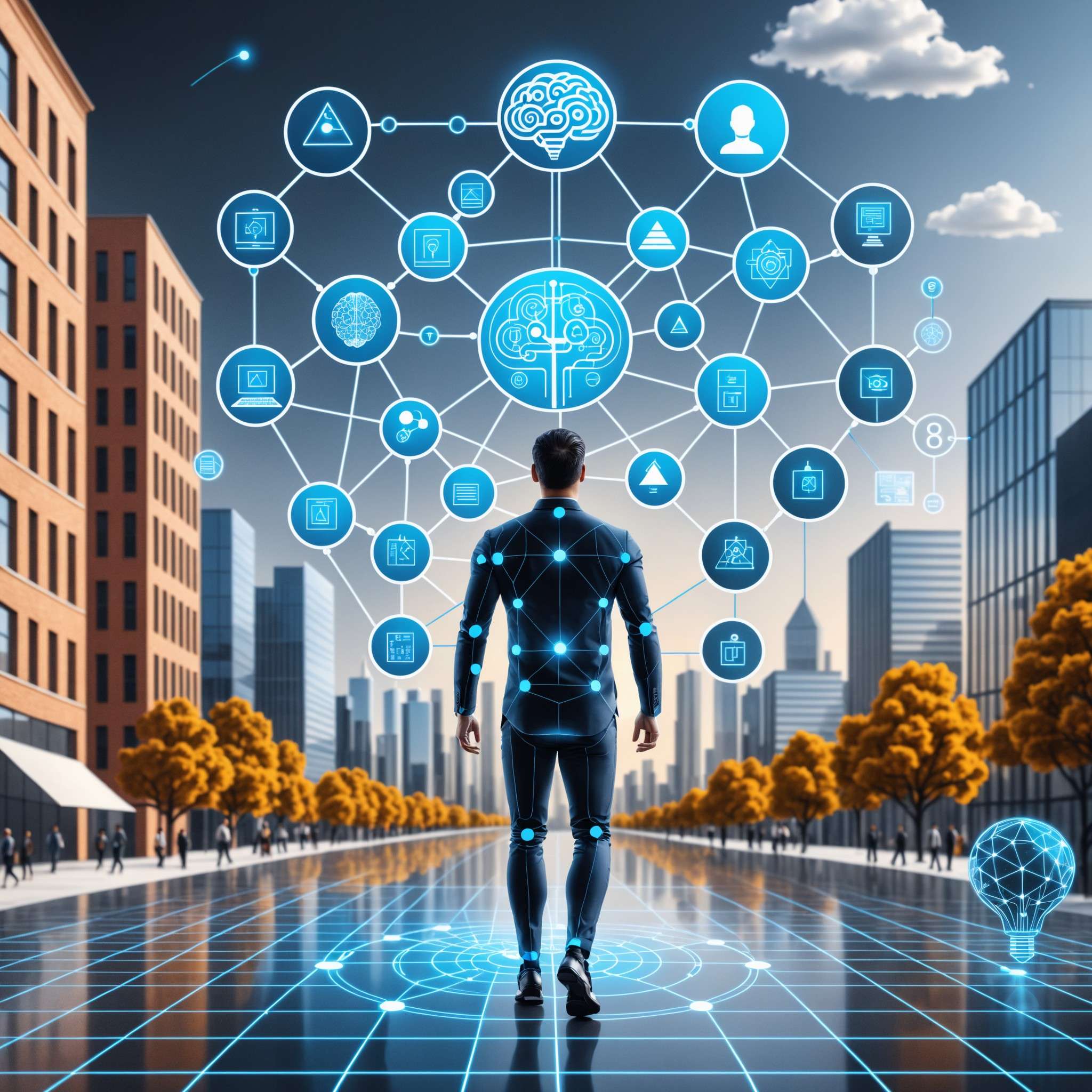
© Copyright , ZombieBunny.Org
Integration of AI and Machine Learning
AI and Machine Learning, while distinct fields, often work in tandem to create powerful, intelligent systems. AI, in its essence, is a broader concept of machines being able to carry out tasks smartly, while Machine Learning is a current application of AI that gives computers the ability to learn without being explicitly programmed.
The integration of AI and Machine Learning enables the creation of models that can learn from and make decisions based on data. AI uses the learned data to achieve intelligent behavior. For example, Machine Learning algorithms can be used to train an AI to recognize patterns in data, and the AI can then use these patterns to make predictions or decisions.
This integration is the driving force behind many of the technological advancements we see today, from voice recognition systems to self-driving cars. Understanding how AI and Machine Learning work together is key to leveraging their full potential.
Impact of AI and Machine Learning on various industries
AI and Machine Learning are transforming various industries, driving efficiency, and enabling groundbreaking innovations. In healthcare, these technologies assist in early diagnosis, predictive analytics, and personalized medicine, improving patient outcomes. The finance industry uses AI and Machine Learning for risk management, fraud detection, and algorithmic trading, ensuring accuracy and security.
In the realm of e-commerce, these technologies power intelligent recommendation systems and streamline inventory management, enhancing customer experiences and operational efficiency. The manufacturing sector leverages AI and Machine Learning for predictive maintenance, quality control, and supply chain optimization, boosting productivity.
In education, these technologies facilitate personalized learning, automated grading, and predictive analytics, revolutionizing teaching and learning processes. Furthermore, in the transportation industry, AI and Machine Learning are the driving forces behind autonomous vehicles, enhancing safety and convenience. Indeed, the impact of AI and Machine Learning on various industries is profound, and their potential is boundless.
Future trends in AI and Machine Learning
The future of AI and Machine Learning is incredibly bright, with several emerging trends set to further revolutionize various sectors. One such trend is the rise of AI-powered automation, which will enhance efficiency and productivity across industries. Another trend is the increasing use of AI and Machine Learning in cybersecurity, where these technologies will be used to detect and prevent cyber threats in real-time.
Additionally, the integration of AI and Machine Learning with the Internet of Things (IoT) is another exciting trend. This integration will lead to smarter devices and systems, from self-monitoring appliances to intelligent city infrastructures. Furthermore, advancements in Natural Language Processing (NLP), a subset of AI, will lead to more sophisticated conversational AI, enhancing human-machine interactions.
Lastly, the use of AI and Machine Learning in predictive analytics is set to rise, enabling businesses to make data-driven decisions more accurately and efficiently. By staying abreast of these trends, you can position yourself at the forefront of the AI and Machine Learning revolution.
Conclusion: Embrace the AI and Machine Learning Revolution
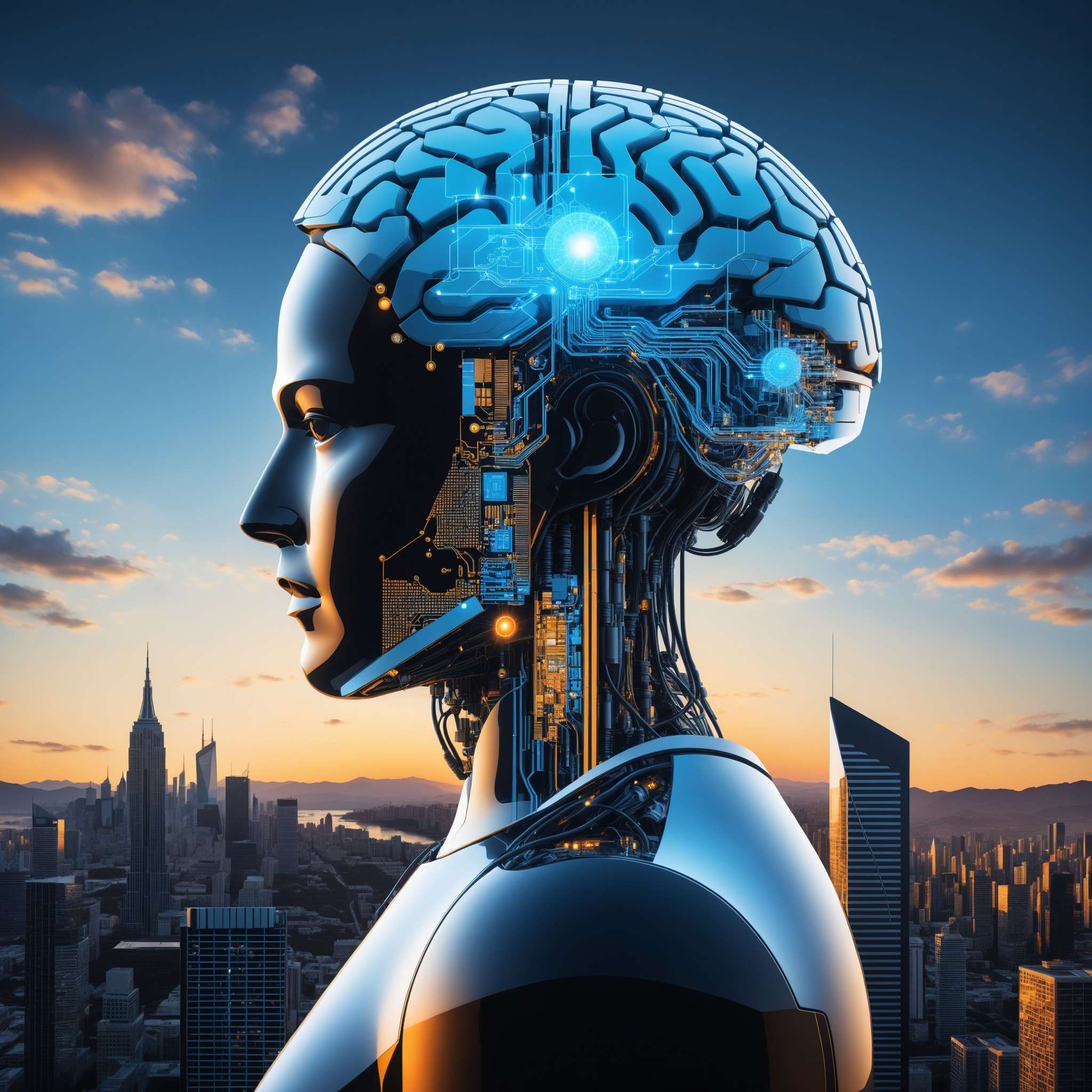
© Copyright , ZombieBunny.Org
Key takeaways from the blog
As we conclude our exploration of AI and Machine Learning, some key takeaways emerge. We’ve learned that AI is about creating machines that can think, learn, and adapt, while Machine Learning is a subset of AI that focuses on the design of systems that can learn from and make decisions based on data. The integration of these two fields is driving remarkable advancements across various industries.
We’ve also learned that AI and Machine Learning have a vast range of applications, from healthcare and finance to e-commerce and education. Moreover, we’ve seen that these technologies are set to revolutionize the future, with trends such as AI-powered automation, AI in cybersecurity, integration with IoT, advancements in NLP, and predictive analytics.
By understanding and harnessing AI and Machine Learning, we can unleash our genius, drive innovation, and create a future that was once only imagined. It’s clear that the time to embrace the AI and Machine Learning revolution is now.
The importance of learning and adapting to AI and Machine Learning
In this rapidly evolving digital era, learning and adapting to AI and Machine Learning is not merely an option but a necessity. These technologies are reshaping industries, disrupting traditional business models, and creating new opportunities. By learning and adapting to AI and Machine Learning, you can stay abreast of these changes, seize emerging opportunities, and avoid becoming obsolete.
Moreover, understanding these technologies can equip you with the skills needed to solve complex problems, make data-driven decisions, and drive innovation. It can also open doors to exciting careers in various sectors, from tech and healthcare to finance and education.
Furthermore, as AI and Machine Learning become increasingly integrated into our daily lives, understanding these technologies can help you navigate this new landscape more effectively. Indeed, learning and adapting to AI and Machine Learning is key to unleashing your genius and shaping a future where technology and humanity coexist harmoniously.
Invitation to join the AI and Machine Learning revolution
As we stand on the brink of the AI and Machine Learning revolution, the call to join this exciting journey is more compelling than ever. With their transformative potential, these technologies are reshaping the world as we know it, creating a future where machines can learn, adapt, and work alongside humans. By joining this revolution, you can be a part of shaping this future and contributing to advancements that could redefine industries and improve lives.
Whether you are a student, a professional, a business leader, or a curious individual, there are numerous ways to get involved. From taking online courses and attending workshops to participating in AI and Machine Learning projects and initiatives, the opportunities are limitless.
So, don’t wait. Embrace the AI and Machine Learning revolution today and unleash your genius. The future of AI and Machine Learning is in your hands, ready to be shaped by your innovation and creativity.
Please support our site and purchase something from our store.







